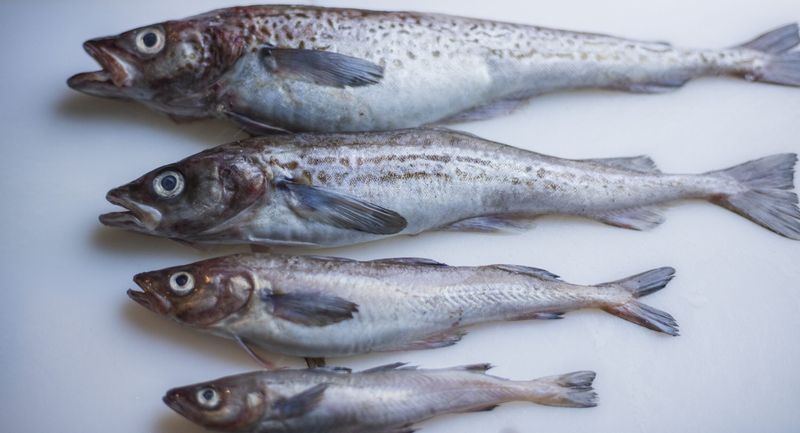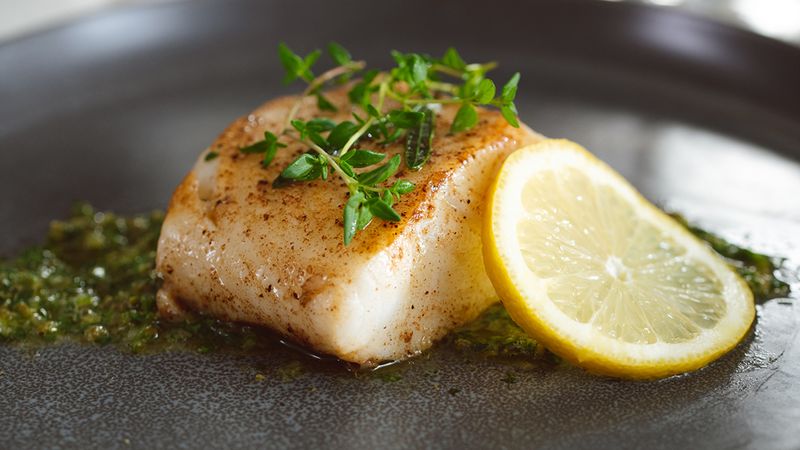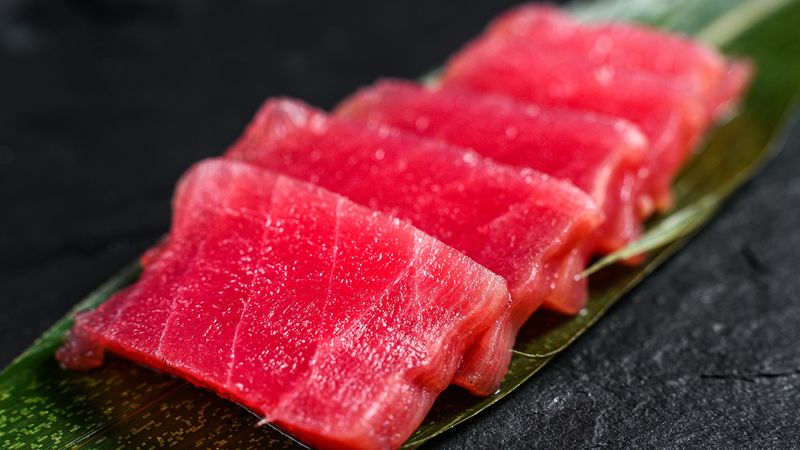Navigating the seafood market can be daunting, especially with numerous options at varying prices. While some fish offer budget-friendly nutrition, others might not be worth the investment. This guide will help you make informed choices, spotlighting nine affordable fish that provide great value and seven that are best avoided. With sustainability and taste in mind, you’ll discover which fish enhance your meals without breaking the bank.
Tilapia

Tilapia may not have the allure of salmon, but it’s a budget-friendly protein perfect for family dinners. With its mild taste and flaky texture, it easily absorbs flavors from spices and marinades. Whether grilled, baked, or pan-fried, tilapia pairs well with a variety of sides.
A fun fact: Tilapia has been farmed since ancient Egyptian times. It remains a sustainable choice today, often farmed responsibly.
When purchasing, look for U.S.-farmed tilapia for the best quality. Don’t let its plain appearance fool you; it’s a versatile staple in any kitchen.
Sardines

Sardines might be tiny, but they pack a nutritious punch. Rich in omega-3 fatty acids and calcium, these little fish are a powerhouse of health benefits.
Their strong, distinct flavor may not be for everyone, but sardines are perfect for those who appreciate bold tastes. They’re often consumed straight from the can, served on toast, or tossed into salads.
They’re also an environmentally friendly option, as sardines reproduce quickly and are abundant. Don’t underestimate these small fish; they can enrich your diet economically.
Pollock

Pollock is often found in fish sticks and imitation crab, but it also makes for a delightful meal on its own. This fish is light, with a slightly sweet flavor that appeals to many palates.
Economical and versatile, pollock can be baked, broiled, or fried, making it a go-to for quick weekday dinners.
Primarily sourced from the North Pacific, pollock is a sustainable choice, contributing to its appeal. Its affordability and mild taste make pollock a household favorite for health-conscious consumers.
Catfish

For those craving Southern comfort, catfish is a must-try. Known for its firm texture and mild flavor, it’s often breaded and fried to perfection.
While not as popular on global menus, catfish has a special place in American cuisine. It’s typically farmed in the U.S., ensuring a sustainable supply.
Its adaptability in recipes is rivaled only by its affordability. Whether you’re new to cooking fish or a seasoned chef, catfish offers a satisfying and budget-friendly option for meals.
Herring

Herring, often pickled or smoked, is a traditional delicacy in many cultures. It offers a robust taste and is rich in omega-3 fatty acids, making it a heart-healthy choice.
A staple in Northern European diets, herring can be enjoyed in various forms. Its affordability makes it easy to incorporate into meals without a hefty price tag.
Fun fact: Herring has been consumed for centuries, with early records dating back to the Middle Ages. Its nutritional value and flavor make it a timeless pick.
Mackerel

Mackerel is celebrated for its bold flavor and oily texture, packed with nutrients like omega-3 fatty acids. This fish is perfect for those who enjoy a more substantial taste.
Grilling is a popular method to prepare mackerel, enhancing its rich flavor profile.
Often overshadowed by salmon, mackerel remains a cost-effective alternative that doesn’t skimp on nutrition. Embrace this vibrant fish for a wallet-friendly gourmet experience.
Anchovies
Anchovies are the unsung heroes of the culinary world, offering intense flavor in tiny packages. Their salty, robust taste can elevate numerous dishes, from Caesar salads to pizza toppings.
Despite their size, anchovies brim with omega-3s and essential nutrients. They’re often found preserved in oil or salt, adding depth to any meal.
Anchovies aren’t just a flavor bomb; they’re also a sustainable choice due to their rapid reproduction and abundance. Consider these little gems for a taste of the Mediterranean diet.
Bluefish

Bluefish may not be the first choice for many, but its bold, full-bodied flavor makes it a standout. Known for its firm, oily flesh, bluefish is ideal for grilling and roasting.
Its rich taste pairs well with citrus or spicy marinades, bringing out its best attributes. While not as widely available as other fish, it’s a worthwhile find at your local market.
Bluefish offers an adventurous eating experience for those willing to embrace its distinctive qualities.
Grouper

Grouper is often found in upscale seafood dishes, yet it’s surprisingly affordable when purchased fresh. This fish has a mild, sweet flavor and a firm texture that suits various cooking methods, from grilling to sautéing.
It’s particularly popular in coastal cuisines, where it’s cherished for its versatility and taste.
Grouper may not always be the cheapest option, but its exquisite flavor makes it a worthy indulgence for special occasions or culinary experimentation.
Red Snapper

Red snapper is a feast for the eyes and the palate, known for its vibrant color and delicate flavor. It’s a staple in many tropical cuisines, often grilled or baked.
Its moist, tender flesh is complemented by spices and citrus, creating a tantalizing meal.
Though more expensive than other options, red snapper’s taste and aesthetic appeal make it a splurge worth considering for festive gatherings or intimate dinners.
Shark

While shark meat might seem exotic, it’s best avoided for environmental and health reasons. Sharks are slow-growing and overfished, making them unsustainable.
Additionally, their meat often contains high levels of mercury, posing health risks if consumed frequently.
Opt for more sustainable choices that don’t compromise ocean health. Though intriguing, shark should remain a part of the wild, not the dinner plate.
Swordfish

Swordfish is a popular choice for grilling due to its meaty texture and mild flavor. However, its high mercury content raises concerns when consumed regularly.
Overfishing has also impacted swordfish populations, urging consumers to reconsider its place in their diet.
If you choose to indulge, look for sustainable sources certified by reputable organizations. Otherwise, explore alternative fish that are both delicious and eco-friendly.
Orange Roughy

Orange roughy, despite its appealing name, is best left off the menu. This fish is known for its longevity, which unfortunately means it accumulates toxins like mercury over time.
Its populations are also at risk from overfishing, making it an environmentally unfriendly choice.
Consider opting for alternatives that support marine conservation efforts while providing similar culinary satisfaction.
Chilean Sea Bass

Chilean sea bass is often revered for its buttery texture and rich flavor. However, its popularity has led to overfishing, jeopardizing its sustainability.
The high demand for this fish has resulted in illegal fishing practices, adding to environmental concerns.
When dining out, check for sustainably sourced options or consider different seafood that aligns with eco-friendly practices.
Bluefin Tuna

Bluefin tuna is a prized delicacy in sushi restaurants, admired for its rich, buttery flavor. Yet, its overfishing has raised significant environmental alarms.
It’s one of the most threatened fish species, with stocks critically low due to high demand.
Choosing alternatives like yellowfin or albacore can help protect bluefin populations while still satisfying your sushi cravings.
Eel

Eel, often enjoyed in sushi or as a standalone dish, is declining in numbers due to overfishing and habitat loss. Its rich, sweet flavor is enticing, making it a popular choice in various cuisines.
However, the environmental impact of eel farming and fishing is concerning.
As delicious as eel might be, it’s wise to explore other fish that offer similar flavor profiles without the ecological drawbacks.
Leave a comment